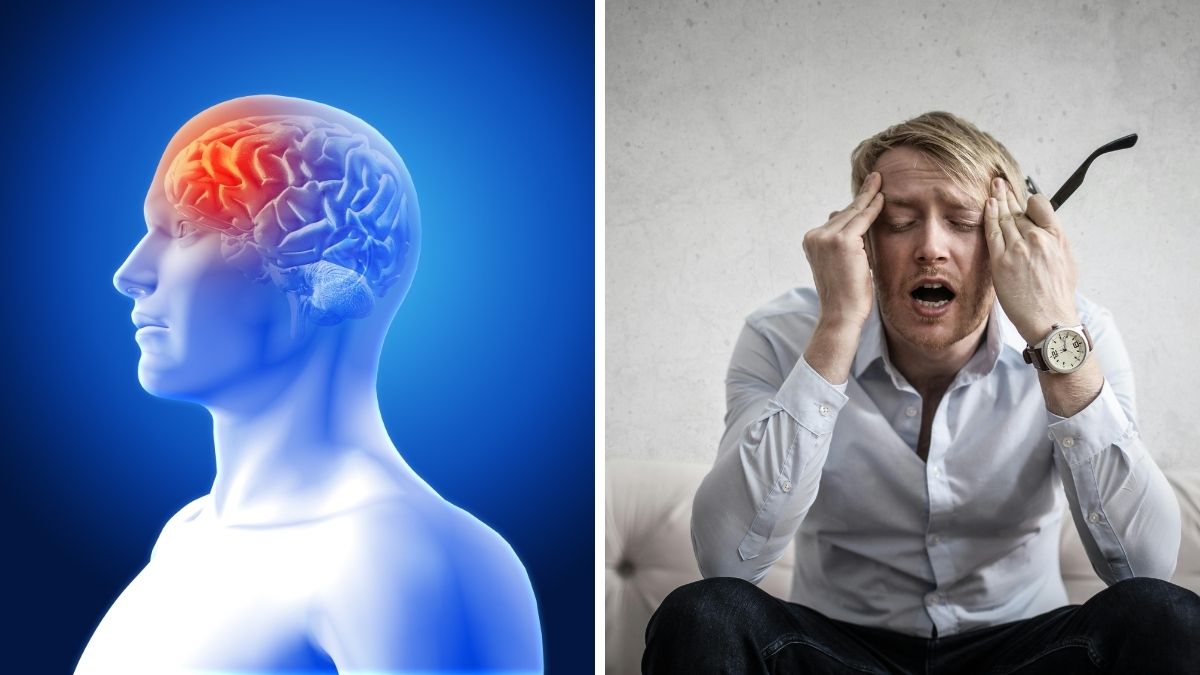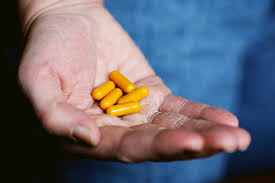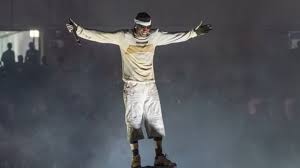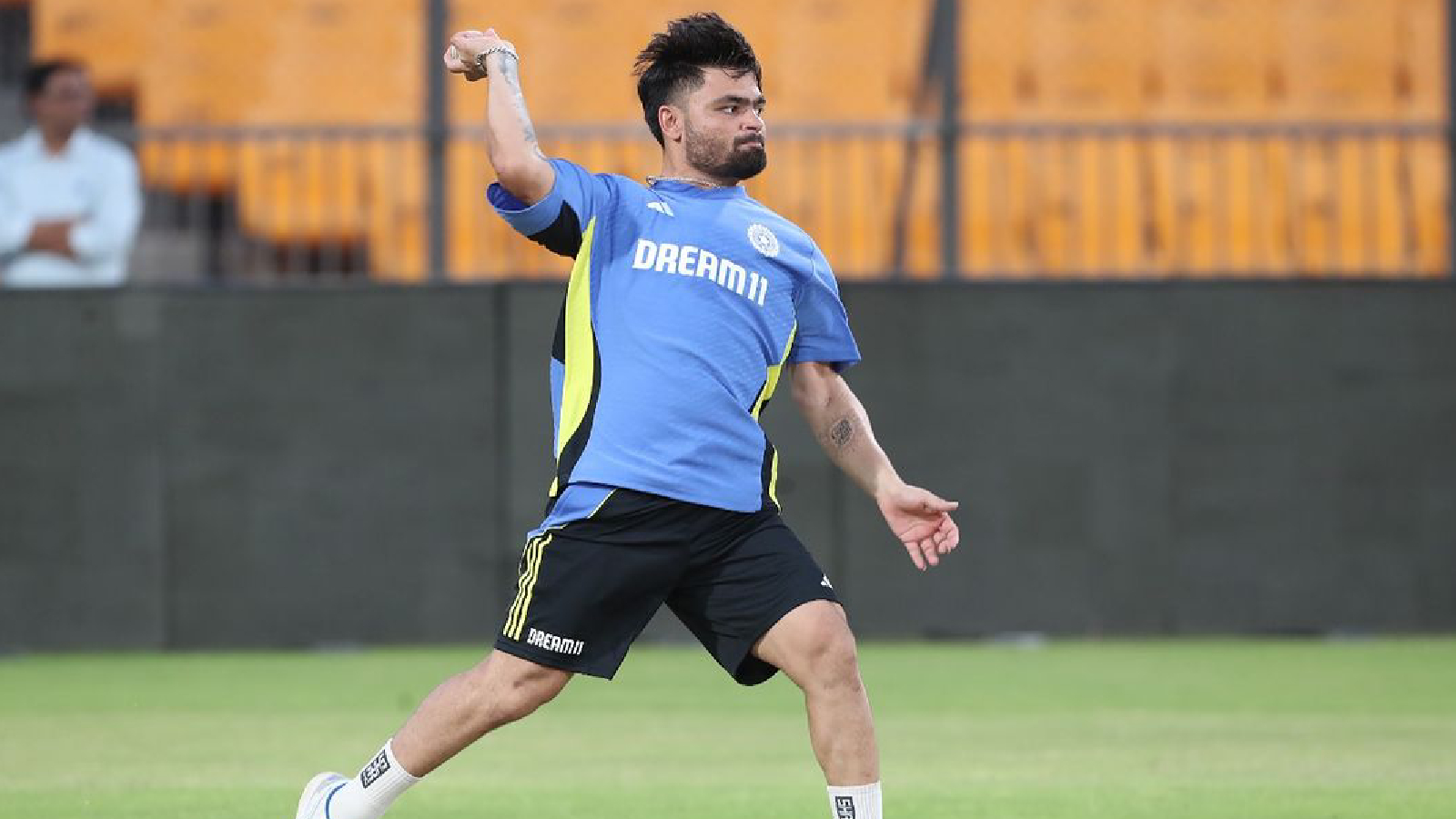
Stroke Crisis in India: Awareness is Key
In India, strokes have become a significant health crisis, quietly ranking among the leading causes of death and disability. Alarmingly, strokes are no longer limited to the elderly; individuals in their 30s and 40s are now increasingly affected. Each year, India witnesses nearly 1.5 million new stroke cases, with one-third occurring in people under 50. This alarming trend poses not only a medical challenge but also a social and economic one, disrupting families and affecting productivity.
Experts, including Dr. Tarun Mathur, a Senior Consultant in Neurology, stress that strokes are largely preventable. They highlight the importance of the “golden hour,” the critical 4.5 hours after a stroke begins, when timely treatment can significantly reduce long-term disability. Unfortunately, many patients arrive at hospitals well beyond this window, which diminishes their chances of recovery.
In India, uncontrolled hypertension, diabetes, and high cholesterol are major contributors to the rising stroke rates. Many individuals remain unaware of their health conditions or fail to manage them effectively. A staggering one in four urban adults is estimated to live with hypertension. Additionally, sedentary lifestyles, poor sleep patterns, and increased stress levels are turning younger Indians into prime stroke candidates.
A recent study published in Lancet Regional Health revealed that nearly one in five strokes now occurs in individuals under 40, largely driven by metabolic and lifestyle factors. Environmental influences, such as air pollution, have also been linked to an increased stroke risk. Thus, this crisis transcends medical issues, encompassing environmental and behavioral aspects.
Many people mistakenly believe that strokes strike suddenly without warning. However, the body often signals distress before a major event. Symptoms like temporary weakness, blurred vision, or speech difficulties can indicate a transient ischemic attack (TIA), often referred to as a “mini-stroke.” Recognizing these red flags is crucial, as one in three individuals who experience TIAs may suffer a major stroke shortly afterward.
Dr. Mathur notes that the rising incidence of strokes among younger adults is frequently associated with untreated hypertension, undiagnosed heart issues, and lifestyle choices like smoking and lack of exercise. For this demographic, a stroke disrupts not only health but also family life and careers, leading to long-term treatment challenges and lost productivity.
While hospitals are now better equipped to handle stroke emergencies, the effectiveness of medical interventions relies heavily on timely patient arrivals. Hence, public education initiatives, school programs, and workplace screenings are imperative to help individuals recognize and respond to stroke symptoms quickly.













